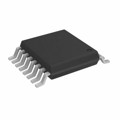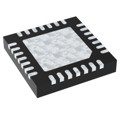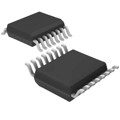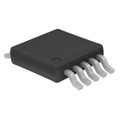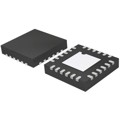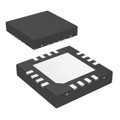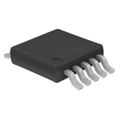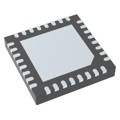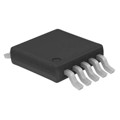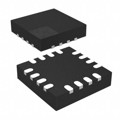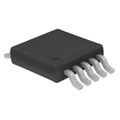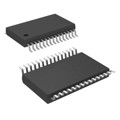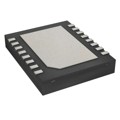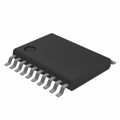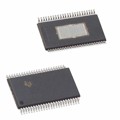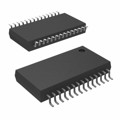Analog-to-Digital Converters (ADC)
Analog-to-Digital Converters (ADCs) are integral components in the data acquisition process, transforming analog signals, which are continuous in nature, into digital signals that can be processed by digital systems. The fundamental operating principle of an ADC involves sampling the analog input signal at discrete intervals and quantizing the sampled values into a finite number of levels, represented in binary form. This conversion allows digital systems to interpret and manipulate real-world analog signals, such as sound, temperature, or pressure, enabling precise data analysis and processing.
Digital-to-Analog Converters (DAC)
Digital-to-Analog Converters (DACs) are essential components in the realm of data acquisition systems, responsible for transforming digital signals into analog ones. This conversion is crucial for interfacing digital systems with the real world, where most signals are inherently analog. DACs work by taking discrete digital values, often in binary form, and converting them into continuous analog voltages or currents. The basic operating principle involves using a reference voltage and a network of resistors or capacitors to generate a proportional analog output that corresponds to the digital input value. This process allows digital devices to control analog systems, such as audio amplifiers or motor controllers, with precision and accuracy.

